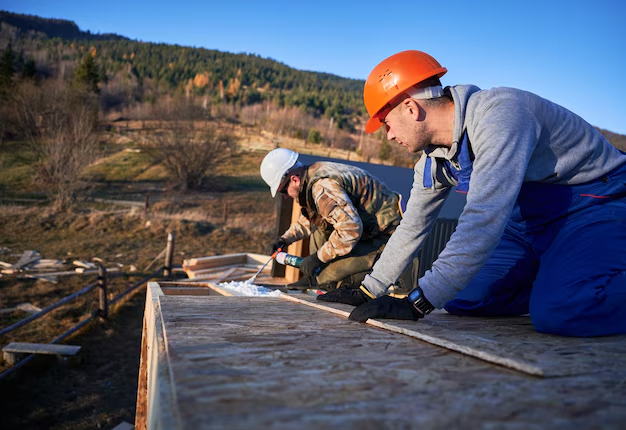Is That Leaking Roof Covered by Insurance? Find Out Now!
Discovering a leak in your roof can quickly turn your day upside down. While your first instinct might be to reach for a bucket, your next move is crucial: determine if your insurance will cover the leaking roof. Homeowners insurance can be complex, and understanding the nuances is key to taking the right steps. Let’s delve into what your policy might cover and explore related financial options to ease the burden.
What Does Homeowners Insurance Typically Cover?
To answer the question—will insurance cover a leaking roof?—you need to look at the specific terms of your policy. Generally, homeowners insurance covers sudden and accidental damage. Here’s how it usually breaks down:
Covered Perils: Events like storms, hail, or wind can cause roof damage, often making repairs eligible under typical policies. If a tree falls on your roof due to a storm, your insurance is likely to cover the repair costs.
Exclusions: Damage from neglect or poor maintenance is typically not covered. If the leak developed over time due to age or a lack of upkeep, it's unlikely your insurance will step in.
Rider Policies: Depending on where you live, certain natural events, like hurricanes, might require additional coverage. Ensuring your policy includes these events is crucial if you live in at-risk areas.
Navigating the Claims Process
If you decide that your roof damage is covered, the next step is filing a claim. Here’s a streamlined approach to get this done effectively:
Document the Damage: Take photos and write a detailed report of the damage.
Review Your Policy: Before making the call, ensure you understand what your policy explicitly covers and your deductible.
Contact Your Insurer: File a claim by providing the documentation and liaising with any adjusters sent to assess the damage.
Get Estimates: Obtain repair quotes from licensed contractors to provide to your insurance company.
Exploring Financial Assistance and Relief Options
Unfortunately, insurance doesn’t cover everything. That’s where government aid programs and other forms of financial assistance can come into play. Here are some options to consider if repair costs become overwhelming:
Government Aid Programs
- FEMA Assistance: In disaster situations, FEMA may offer aid if you have insufficient insurance coverage.
- HUD Programs: The Department of Housing and Urban Development offers assistance for emergency repairs under certain conditions.
Financial Assistance and Loans
- Personal Loans: These are available from banks and often have lower interest rates than credit cards.
- Home Equity Loans: Using your home equity as collateral can be an option if you need substantial funds.
Credit Card Solutions
- 0% APR Credit Cards: Some credit cards offer introductory periods with 0% interest on balances, allowing you to spread out payments over time without accruing interest.
Educational Grants
- If you’re a student or a parent, explore educational grants and scholarships which can indirectly relieve financial pressure by freeing up funds initially allocated for education-related expenses.
Addressing roof damage promptly is important to prevent further issues, but financing these repairs need not become a burden. By knowing your insurance terms and exploring additional financial resources, you can manage this unexpected challenge effectively.
🌟 Financial Assistance Options
- 🏡 FEMA Assistance: Aid for federally declared disasters.
- 🏛️ HUD Programs: Offers emergency repair grants.
- 💳 0% APR Credit Cards: Spread costs interest-free.
- 📚 Educational Grants: Redistribute funds from educational savings.
- 💼 Personal Loans: Lower rates than typical credit offerings.
Being proactive and resourceful can make all the difference when dealing with a leaking roof and ensuring your peace of mind in the face of home repair challenges.
